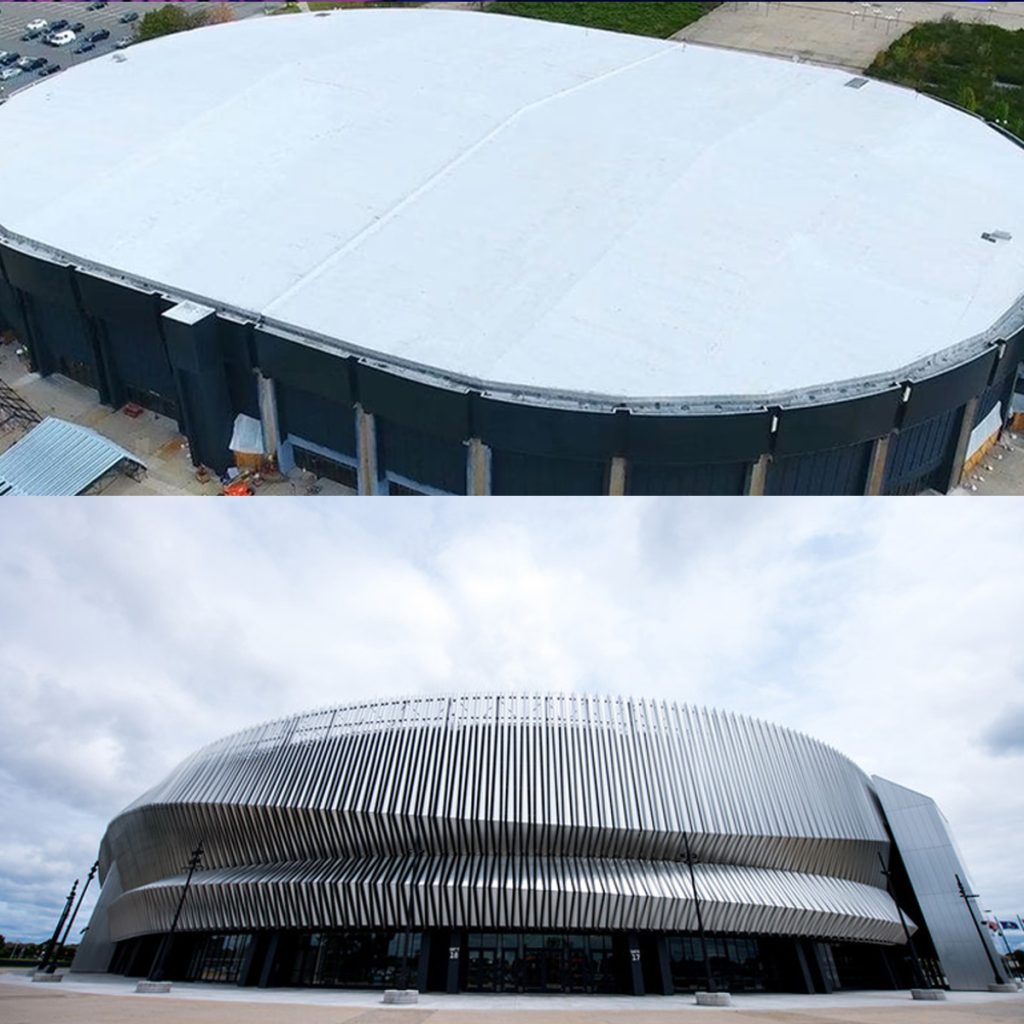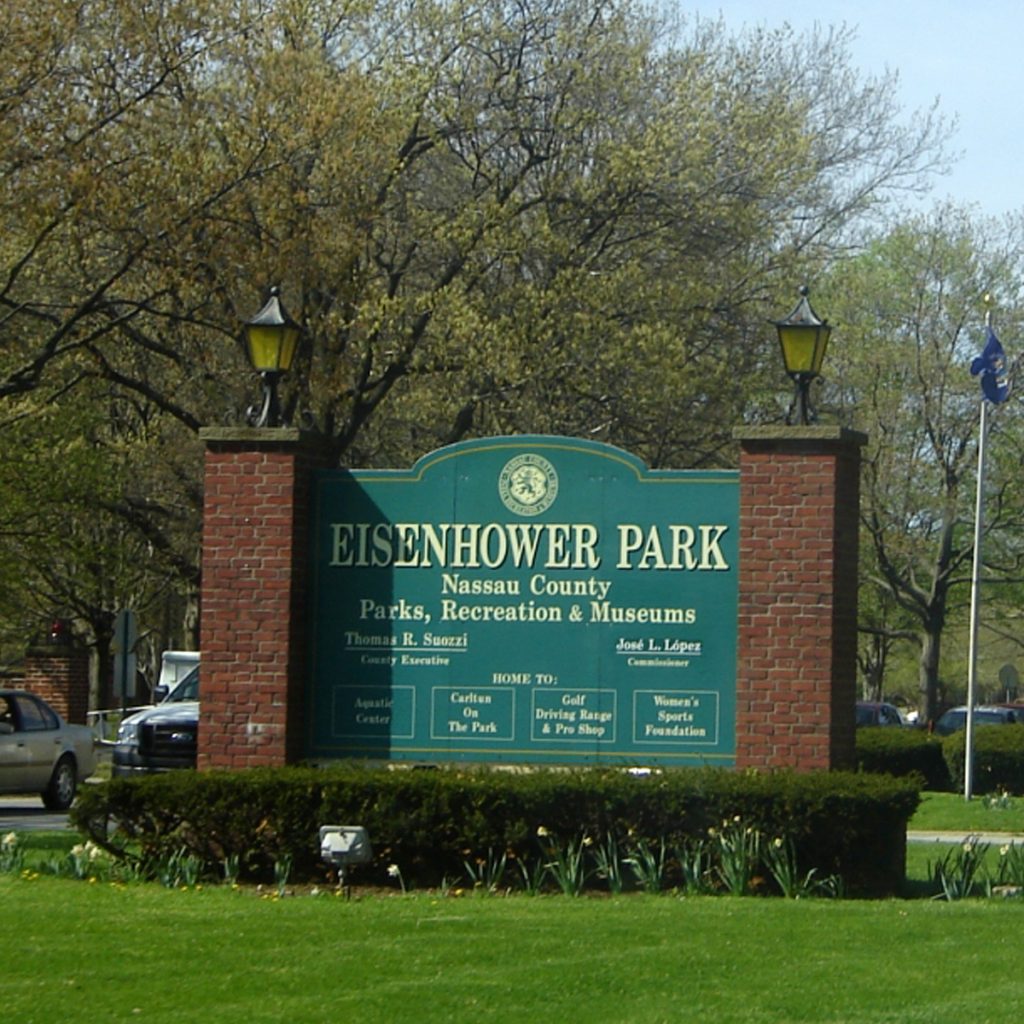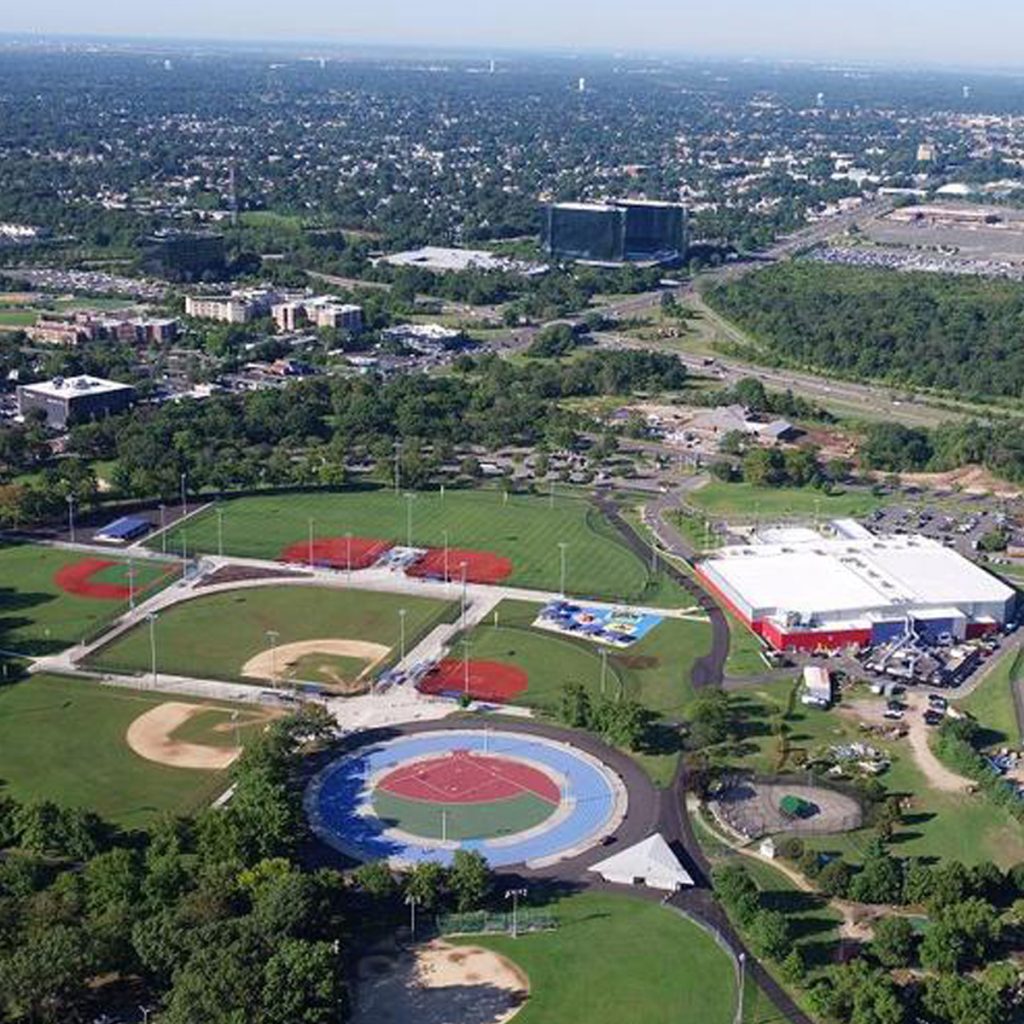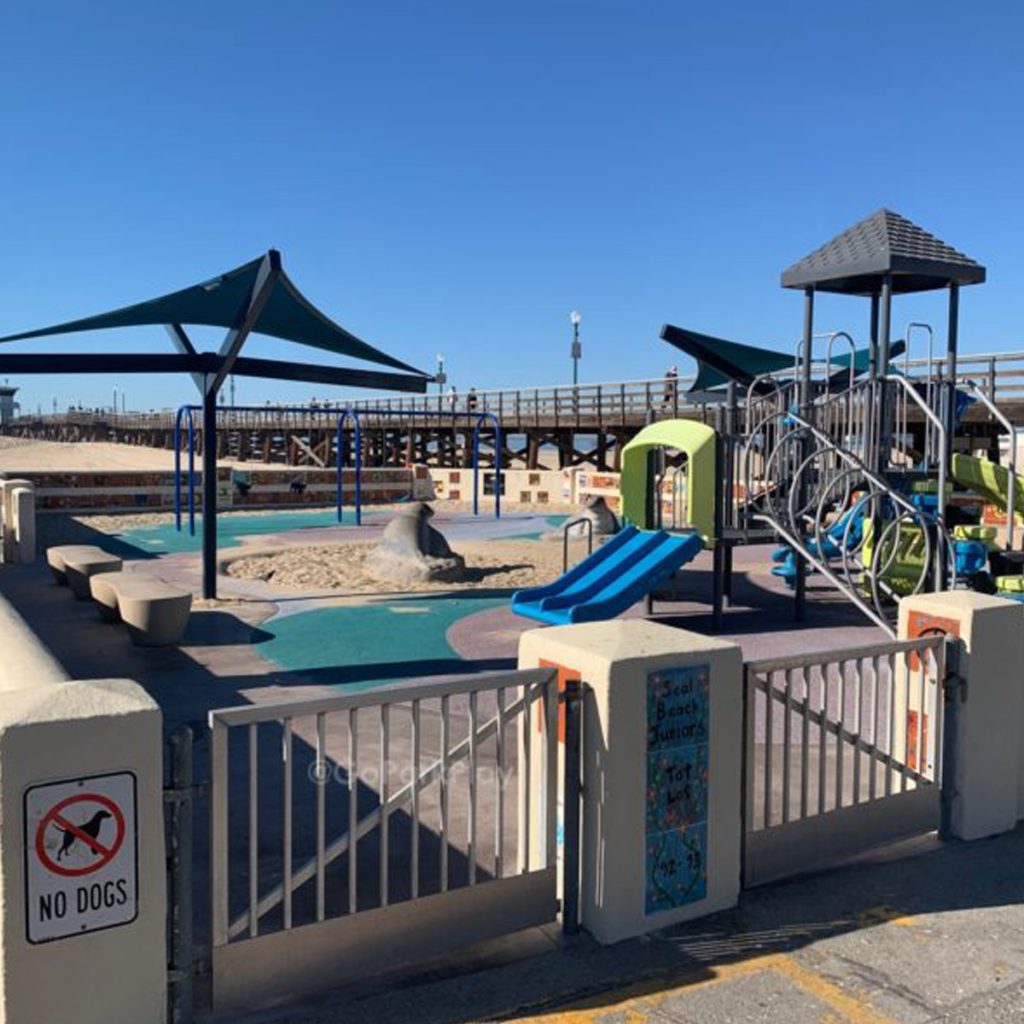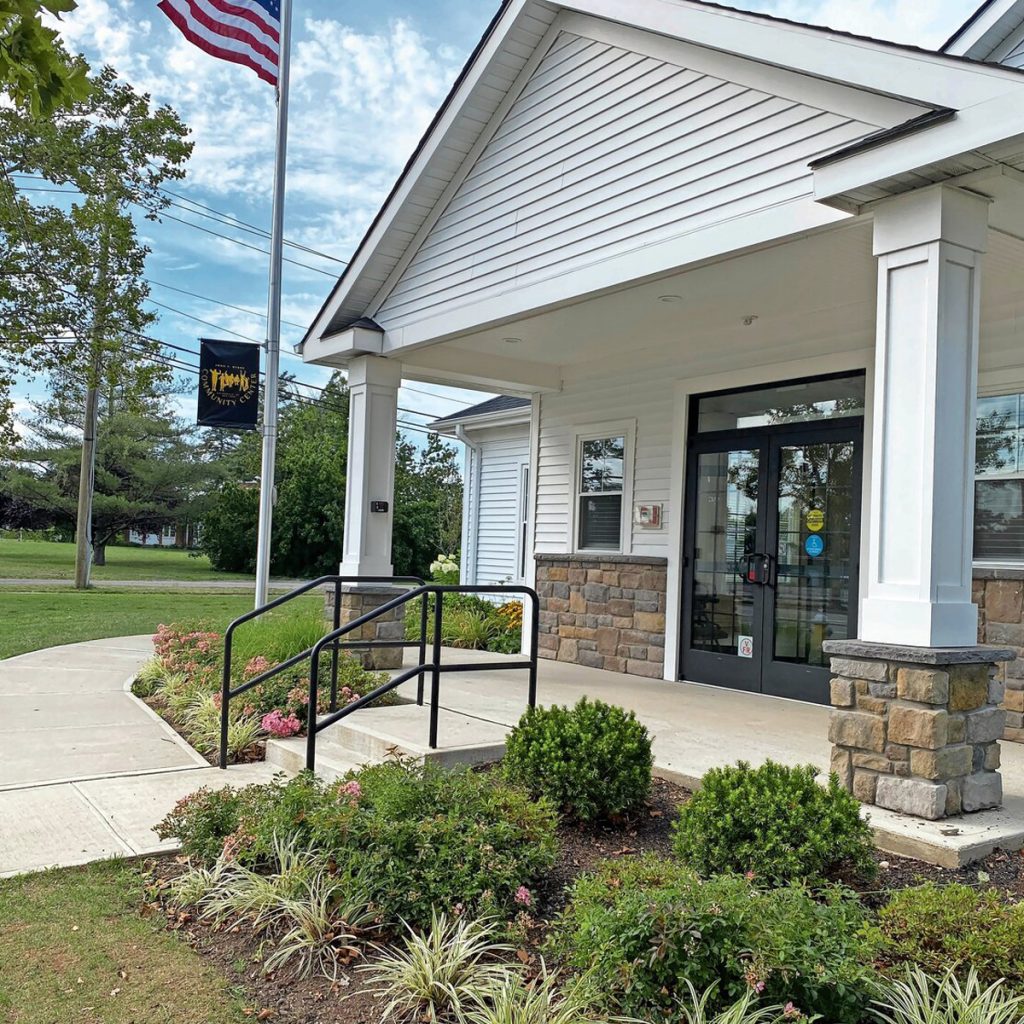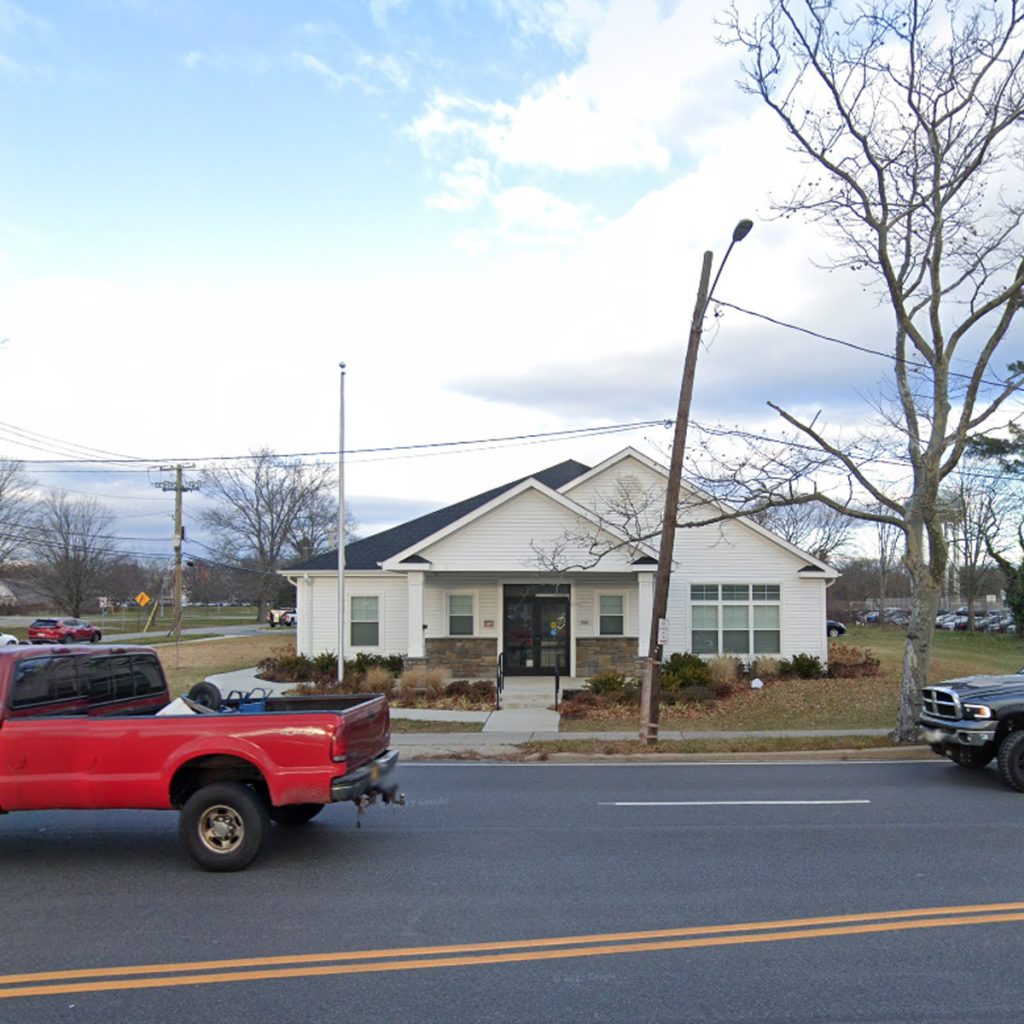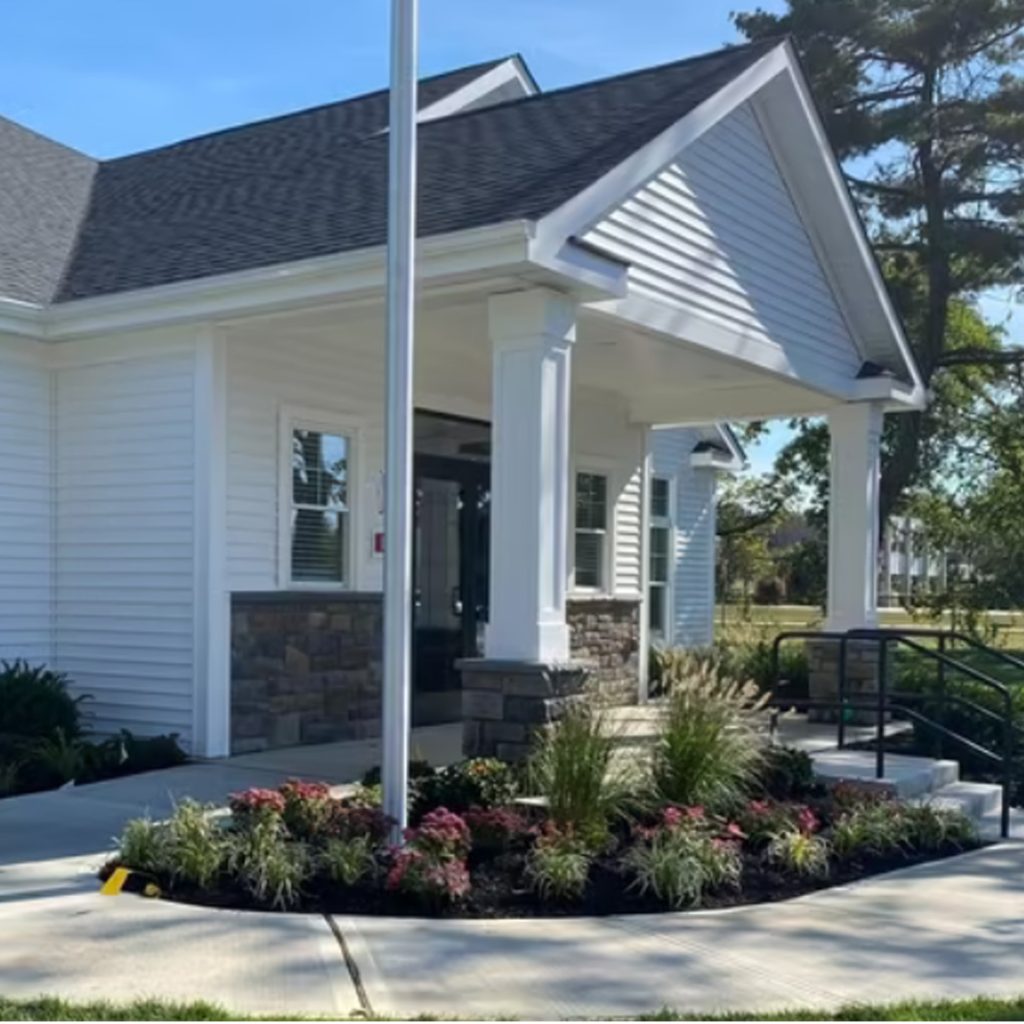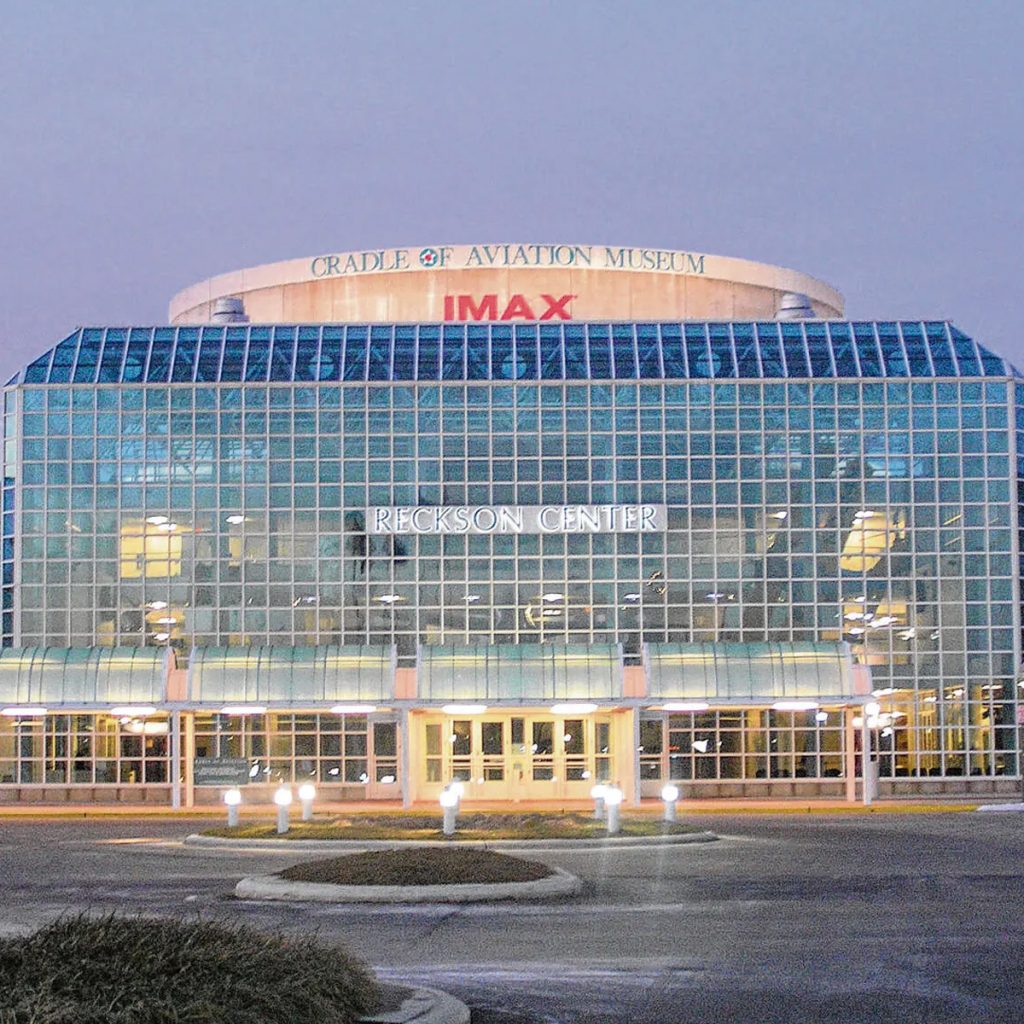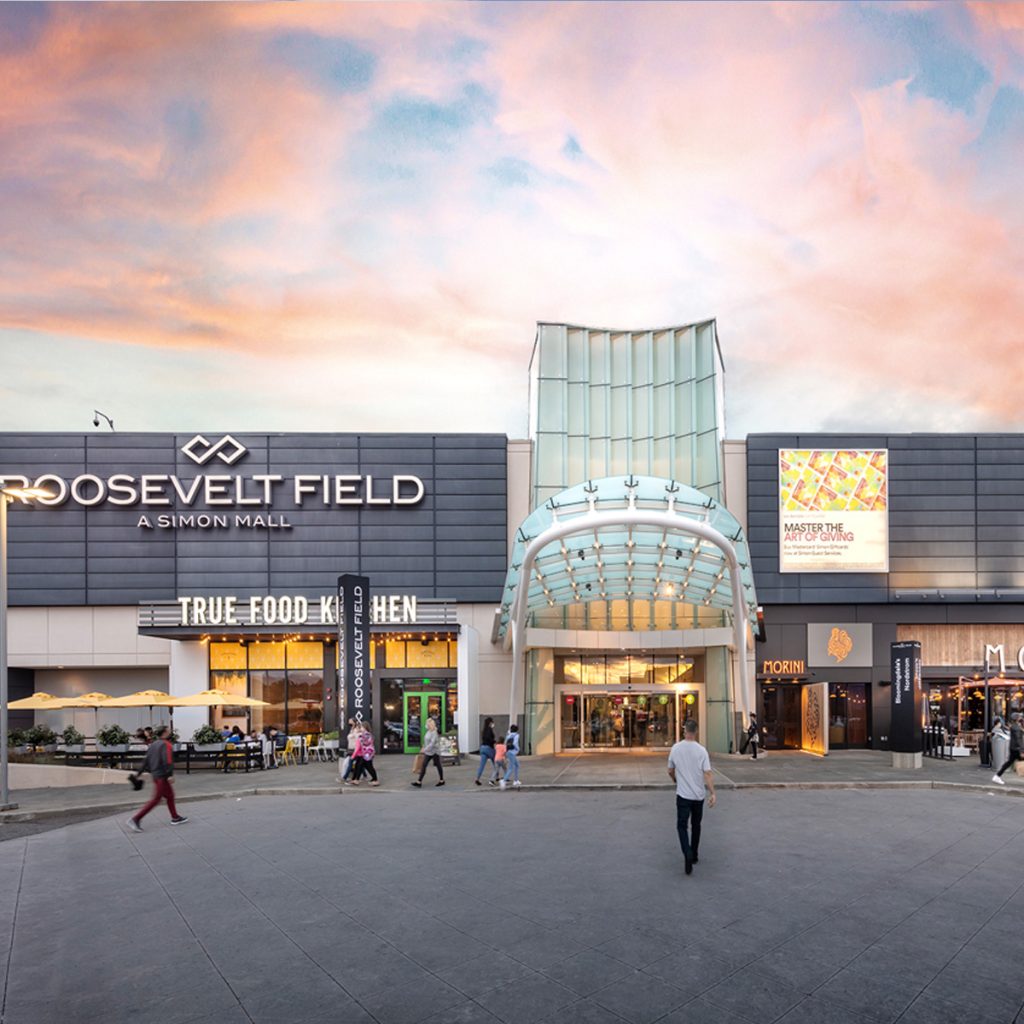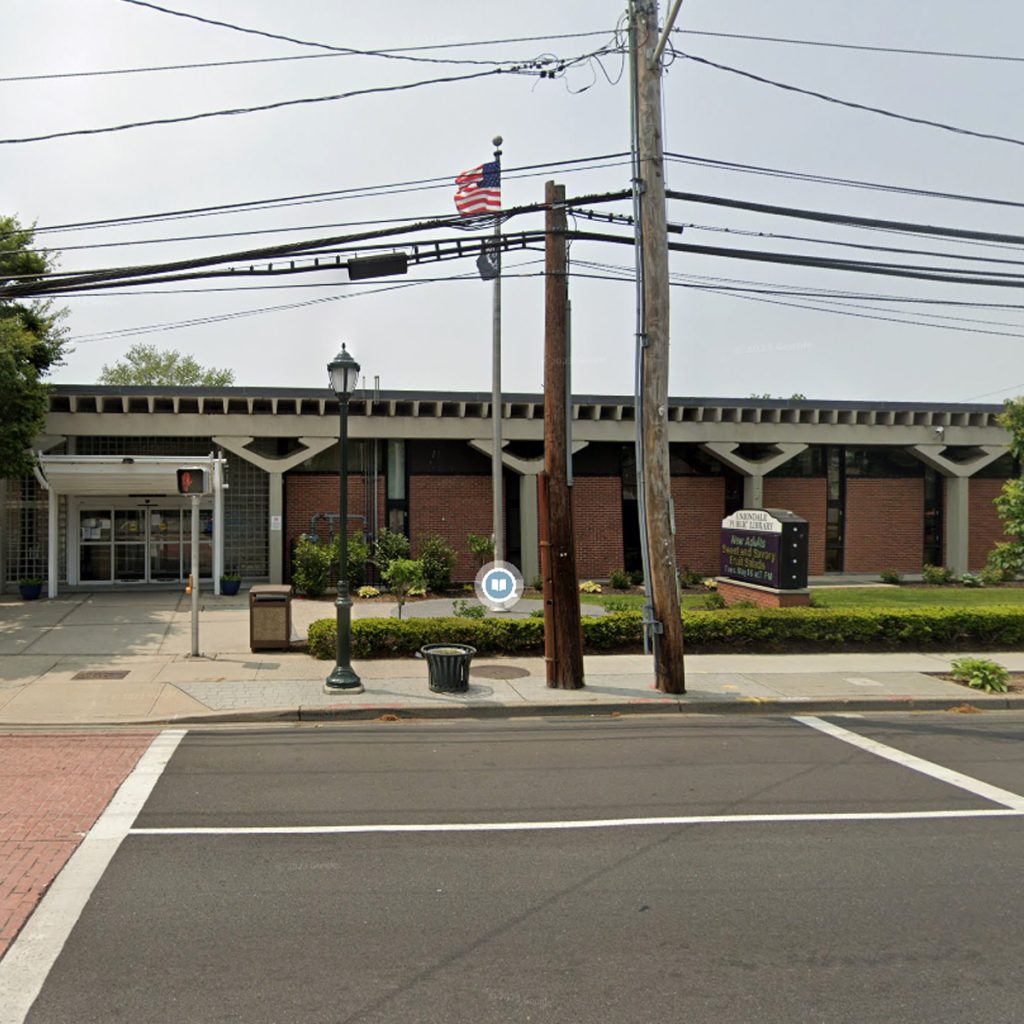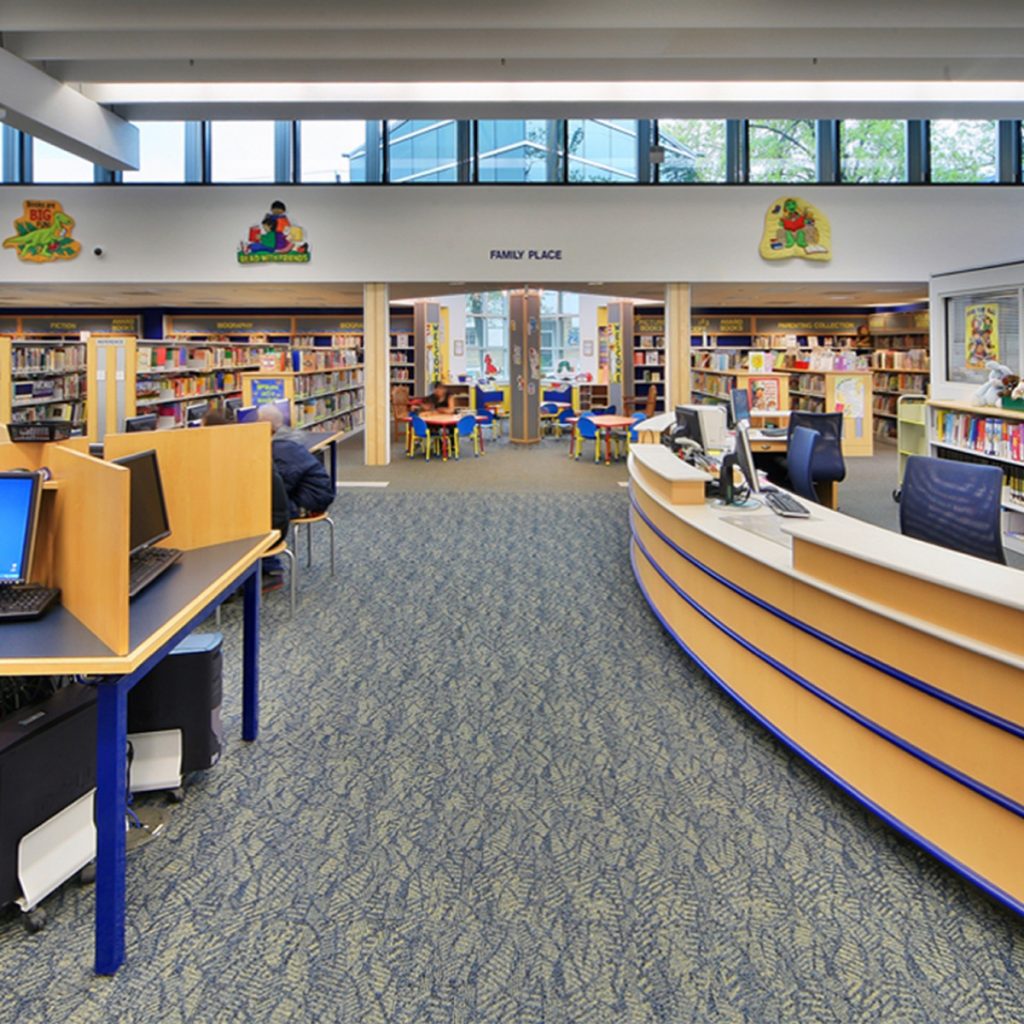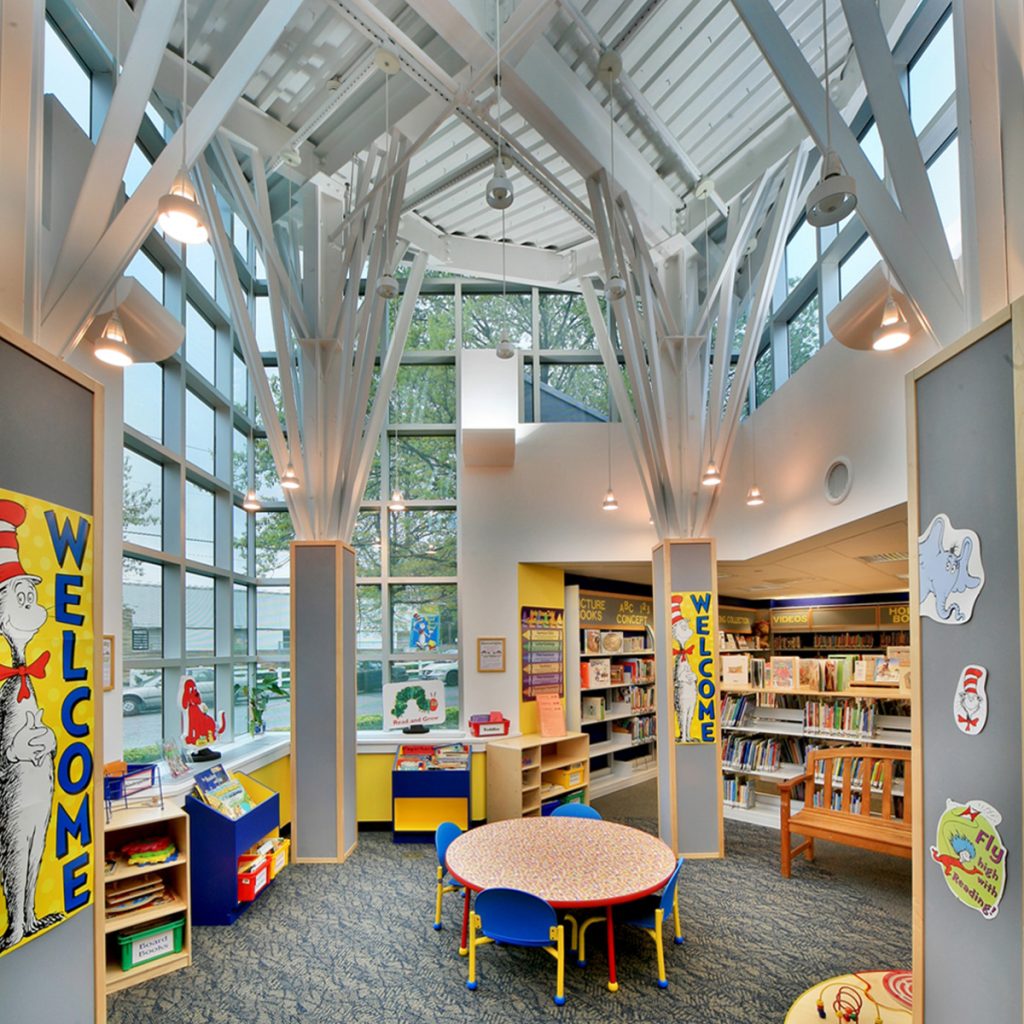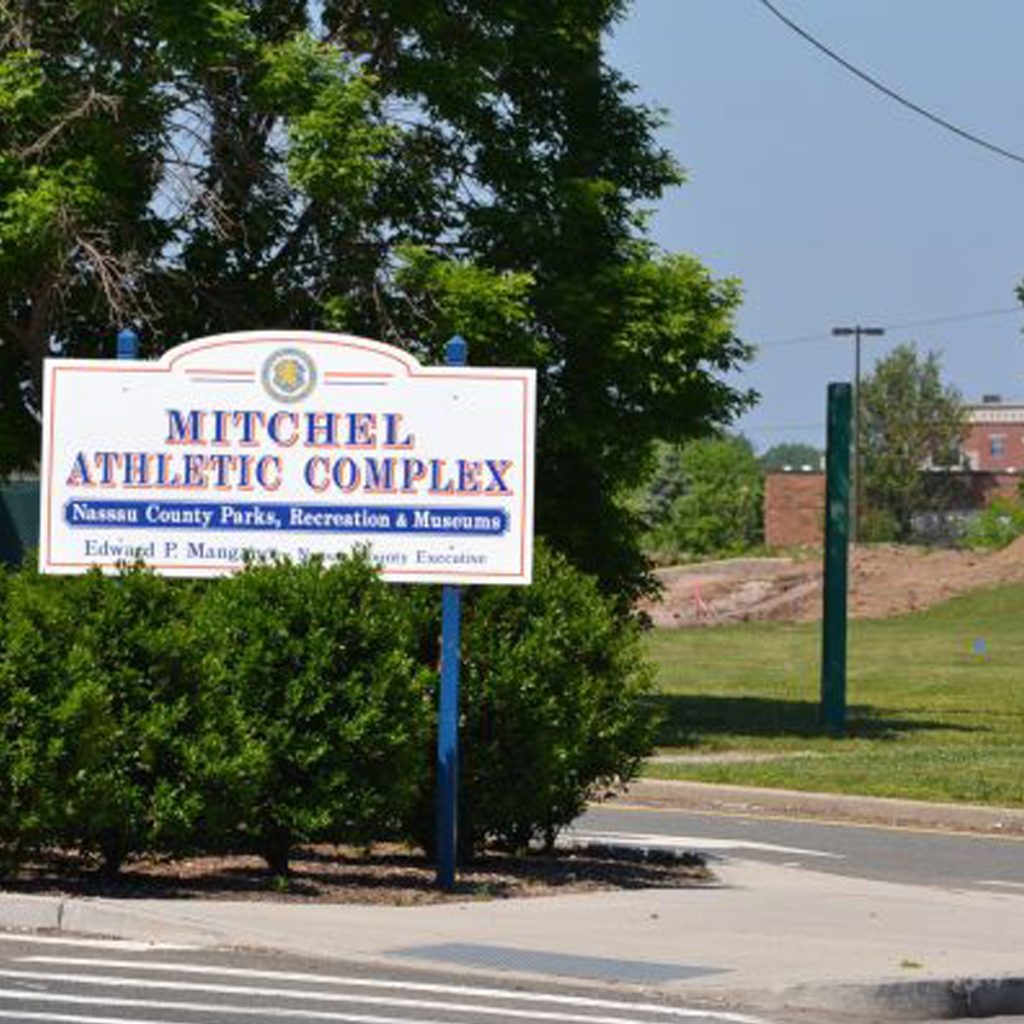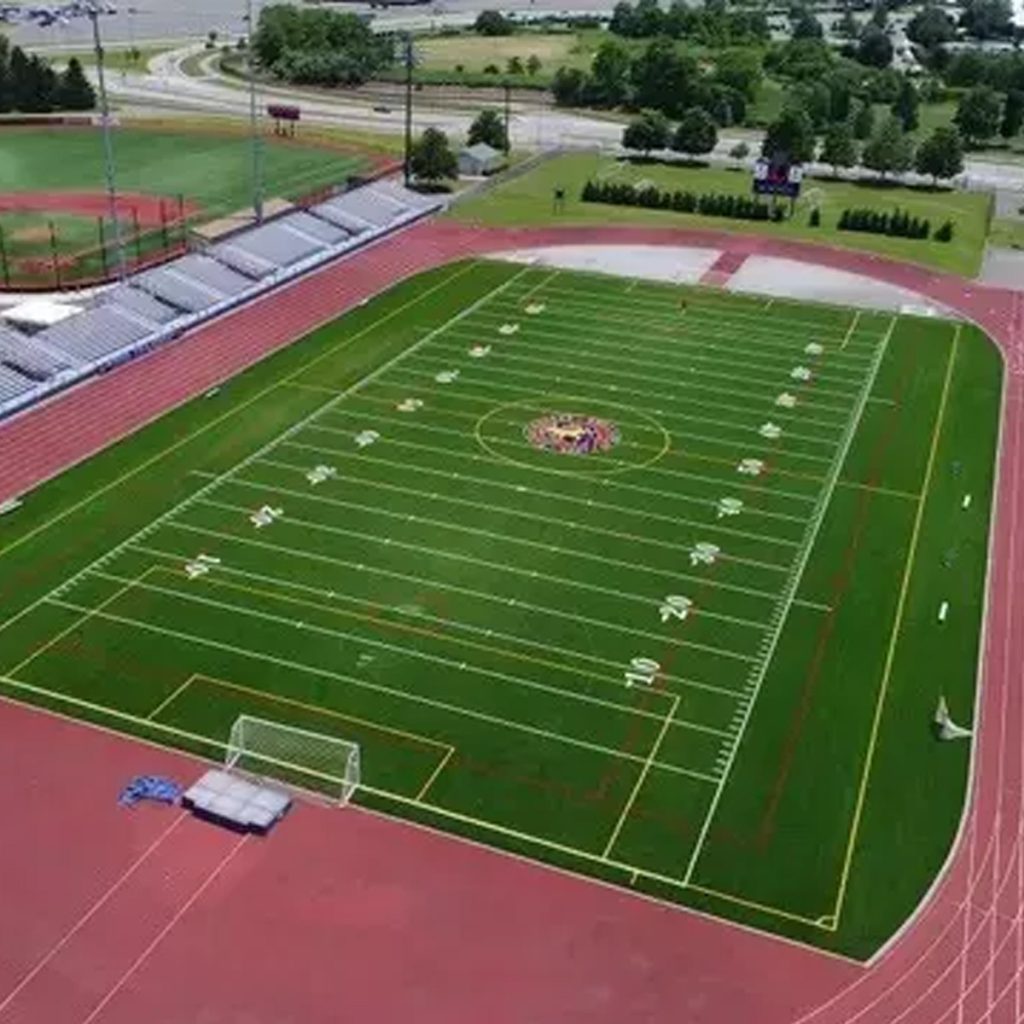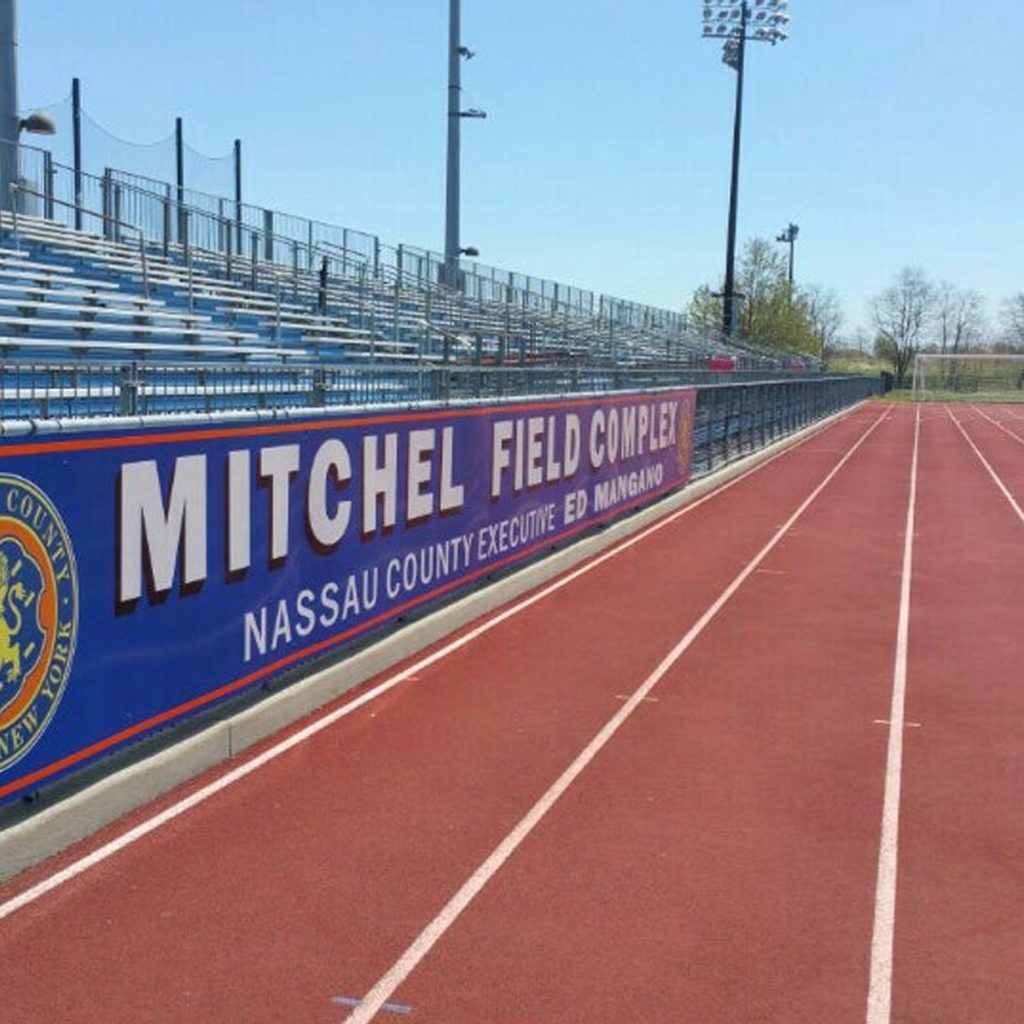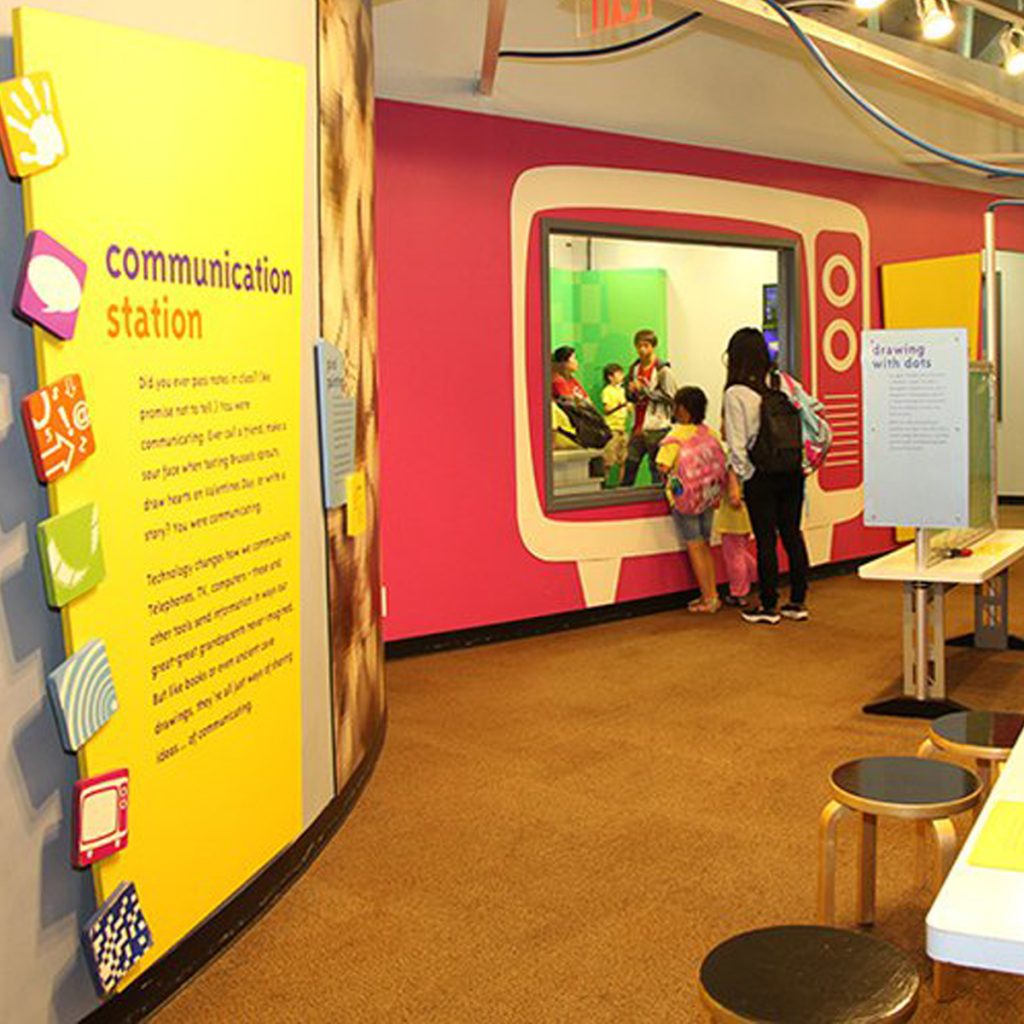Your cart is currently empty!
Author: uerc2024
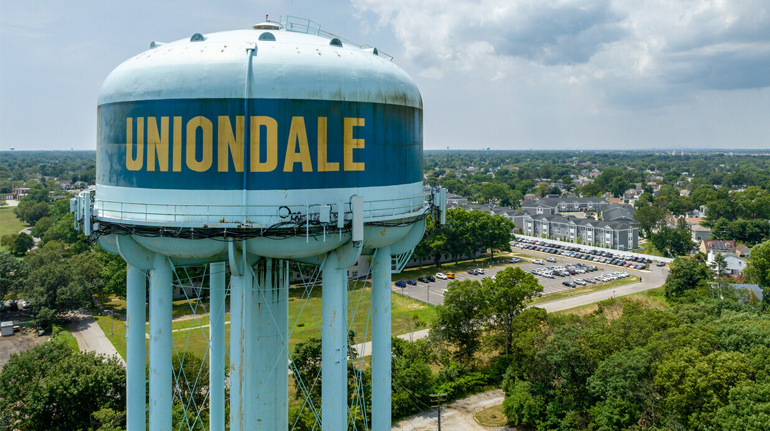
Uniondale NY Water Issues
Uniondale, New York, like many communities on Long Island, has faced water quality issues over the years. These concerns have been tied to both drinking water quality and groundwater contamination, reflecting broader challenges in the region.
Key Water Quality Issues in UniondaleGroundwater Contamination
- Industrial Pollution: Long Island, including Uniondale, has a history of industrial activity, which has led to contamination of groundwater supplies. Chemicals like volatile organic compounds (VOCs), perchloroethylene (PCE), and trichloroethylene (TCE) have been detected in various parts of Nassau County. These contaminants are often linked to industrial processes, dry cleaning operations, and military activities.
- Superfund Sites: Nassau County has several Superfund sites, areas designated by the Environmental Protection Agency (EPA) as requiring long-term cleanup due to hazardous material contamination. These sites can impact groundwater quality, affecting nearby communities like Uniondale.
Nitrate Contamination
Agricultural Runoff: Historically, Long Island’s agricultural activities contributed to nitrate contamination in groundwater. High levels of nitrates can be harmful, particularly to infants, and are often a result of fertilizer use, septic systems, and animal waste.
Septic Systems: In some parts of Long Island, aging septic systems have contributed to nitrate contamination. While Uniondale is more suburban, septic system runoff can still affect groundwater quality in areas that lack modern sewage infrastructure.Emerging Contaminants
- 1,4-Dioxane: A significant concern in recent years is the presence of 1,4-dioxane, a likely human carcinogen, in the drinking water. This synthetic industrial chemical is a stabilizer found in solvents and can also be a byproduct of certain manufacturing processes. Long Island has some of the highest levels of 1,4-dioxane contamination in the country, prompting concerns in Uniondale and neighboring communities.
- PFAS (Per– and Polyfluoroalkyl Substances): PFAS are a group of man-made chemicals used in various industrial applications and consumer products. These chemicals are persistent in the environment and have been linked to adverse health effects. They have been detected in some water supplies on Long Island, raising concerns about long-term exposure.
Drinking Water Safety
Community and Regulatory Response
- Public Water Systems: Uniondale’s drinking water is supplied by local water districts, which are responsible for ensuring the water meets safety standards set by the EPA and New York State Department of Health. The water is regularly tested for contaminants, and treatment processes are employed to remove harmful substances. However, the presence of emerging contaminants like 1,4-dioxane and PFAS has led to increased scrutiny and the need for advanced water treatment methods.
- Infrastructure Challenges: Aging water infrastructure can also contribute to water quality issues, such as lead contamination from old pipes and service lines. Efforts to replace or upgrade these systems are ongoing but can be costly and time-consuming.
- Water District Actions: Local water districts have taken steps to address these water quality issues, including the installation of advanced filtration systems to remove contaminants like 1,4-dioxane and PFAS. Public awareness campaigns and regular water quality reports help keep residents informed about the safety of their drinking water.
- State and Federal Regulations: New York State has implemented stringent regulations for contaminants like 1,4-dioxane and PFAS, setting maximum contaminant levels (MCLs) to protect public health. These regulations require water providers to monitor and treat water supplies to ensure compliance.
- Public Awareness and Advocacy: Residents of Uniondale and other Long Island communities have become increasingly vocal about water quality concerns, advocating for stronger regulations, better enforcement, and more funding for water infrastructure improvements.
Water quality in Uniondale, New York, reflects the broader environmental challenges faced by Long Island. While significant progress has been made in addressing these issues, ongoing efforts are necessary to ensure safe and clean drinking water for all residents.

History of Uniondale New York
Uniondale, New York, is a hamlet and census-designated place (CDP) located in Nassau County on Long Island. It is part of the larger Town of Hempstead and has a rich history that reflects the broader development of Long Island.
Early History
- Indigenous Peoples: Before European settlers arrived, the area now known as Uniondale was inhabited by Native American tribes, particularly the Matinecock and Massapequa peoples.
- Colonial Period: European settlement in the region began in the 17th century, with English and Dutch colonists gradually displacing the indigenous populations. The area was primarily agricultural, with farms and small settlements.
19th Century Development
- Agriculture: Throughout the 19th century, Uniondale remained a largely rural and agricultural community. It was known for its fertile soil, which was suitable for farming and helped sustain the local economy.
- Transportation: The development of roads and, later, railroads in Nassau County improved access to the area, leading to gradual growth.
20th Century Growth
- Post-War Boom: After World War II, Uniondale experienced significant suburban development, like much of Long Island. The demand for housing grew as veterans returned home and started families, leading to a construction boom.
- Residential Suburb: Uniondale became a predominantly residential suburb during the mid-20th century. The construction of schools, parks, and shopping centers accompanied the population growth.
- Community and Diversity: Over the decades, Uniondale evolved into a diverse community, with a mix of ethnicities and cultures contributing to the area’s character. By the late 20th century, the hamlet had become known for its cultural richness and strong community ties.
Modern Era
- Nassau Veterans Memorial Coliseum: One of Uniondale’s most notable landmarks is the Nassau Veterans Memorial Coliseum, which opened in 1972. It has been a central hub for entertainment and sports, serving as the home of the New York Islanders hockey team for many years.
- Education: Uniondale is home to Hofstra University, a private institution that has contributed significantly to the area’s educational and cultural landscape.
- Current Status: Today, Uniondale is a diverse and vibrant community with a mix of residential, commercial, and educational facilities. It continues to grow and evolve, reflecting the broader trends in Nassau County and Long Island.
Notable Events and Changes
- Economic Changes: Like many suburban areas, Uniondale has faced economic challenges, particularly related to the decline of traditional retail and the shifting job market. However, it has also seen revitalization efforts aimed at boosting the local economy.
- Community Engagement: Uniondale has a strong tradition of community engagement, with local organizations and leaders playing active roles in advocating for residents and improving the quality of life.
Uniondale’s history is a microcosm of Long Island’s broader narrative, from its early agricultural roots to its transformation into a modern suburb. The hamlet remains an important part of Nassau County’s cultural and economic fabric.
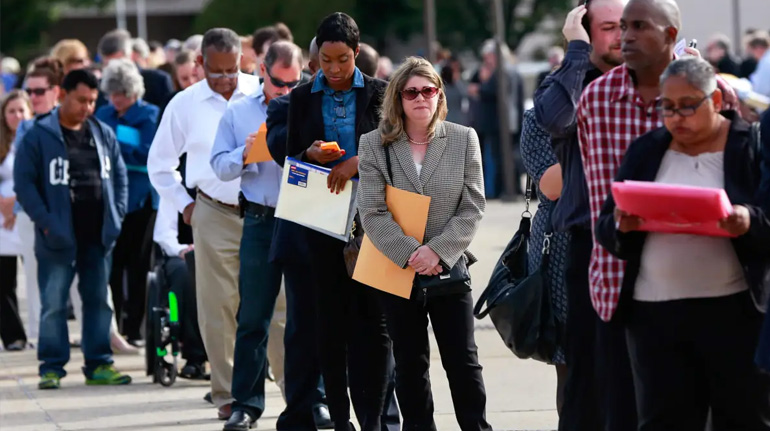
Uniondale NY Politics – What You Need to Know
Uniondale, New York, is an unincorporated hamlet and census-designated place (CDP) within the Town of Hempstead in Nassau County. Because it is not an incorporated village or city, Uniondale does not have its own local government but instead falls under the jurisdiction of the Town of Hempstead. Here’s an overview of the governmental structure and services relevant to Uniondale:
- Town of Hempstead Government
- Overview: Uniondale is governed by the Town of Hempstead, one of the oldest and largest towns in the United States. The town government oversees various services, including public safety, zoning, parks and recreation, public works, and sanitation.
- Town Board: The Town of Hempstead is governed by a Town Supervisor and a Town Board, which consists of six council members. Each council member represents a specific district within the town.
- Town Supervisor: The Town Supervisor is the chief executive officer of the town and oversees the day-to-day operations of town government.
- Uniondale’s Representation: Uniondale is part of a larger council district within the Town of Hempstead. Residents of Uniondale vote for the council member who represents their district on the Town Board.
- Nassau County Government
- Overview: Uniondale is also part of Nassau County, which provides additional services such as police, health services, and infrastructure maintenance.
- County Executive: Nassau County is led by a County Executive who is responsible for the administration of county government.
- Legislative Representation: Uniondale residents are represented in the Nassau County Legislature by a legislator who is elected to represent their specific district.
- Public Services
- Police: Uniondale is served by the Nassau County Police Department, specifically the 1st Precinct. The police department handles law enforcement, public safety, and community policing.
- Fire Services: Fire protection is provided by the Uniondale Fire Department, a volunteer organization that handles firefighting, emergency medical services, and fire prevention.
- Public Schools: The Uniondale Union Free School District manages the public schools in the area, providing education from kindergarten through high school.
- Libraries: The Uniondale Public Library is part of the Nassau Library System, offering educational and recreational resources to the community.
- Community Involvement
- Civic Associations: Uniondale residents often participate in local civic associations and community groups, which advocate for the needs and interests of the community. These organizations work closely with town and county officials to address local concerns.
- Community Board: While Uniondale does not have a community board like those in New York City, local civic associations and residents often work with the Town of Hempstead’s advisory boards and committees to voice their concerns and influence decisions.
- Elections and Voting
- Voting: Uniondale residents vote in town, county, state, and federal elections. Polling places are typically set up within the community, and residents can vote for candidates representing them at various levels of government.
- Civic Engagement: Residents are encouraged to engage in the political process by attending town meetings, participating in public hearings, and joining local organizations.
Conclusion
Uniondale, as part of the larger Town of Hempstead and Nassau County, benefits from a range of governmental services and representation. While it lacks its own local government, residents are served by town and county officials who manage essential services and address community needs. Active civic participation plays a crucial role in ensuring that Uniondale’s voice is heard within the broader governmental framework.
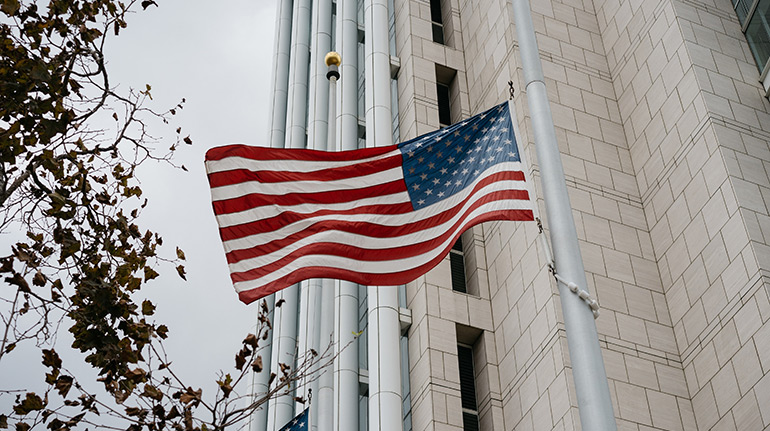
Best Municipal & City Government 2023
The city government is responsible for providing essential services to the residents, businesses, and visitors of the city. This includes maintaining public infrastructure such as roads, bridges, and public buildings, managing public safety services like police and fire departments, and organizing public events and gatherings. The city government is also responsible for creating and enforcing regulations that help to maintain the health, safety, and wellbeing of the community. This includes zoning laws, building codes, and regulations related to public health and safety.
Overall, the goal of the city government is to create and maintain a livable, sustainable, and vibrant community for all who live, work, and visit the city.
1. City Roadmaps and Traffic Details
City roadmaps are important tools for navigating and understanding the layout of a city’s various streets and landmarks. They typically feature a hierarchy of roads, including highways, major throughways, smaller streets, and alleys, and often include labels and icons to denote landmarks such as parks, museums, and other key destinations.


Additionally, city roadmaps may be accompanied by various traffic details to help drivers and pedestrians plan their routes, avoid congestion, and optimize their travel times. These details may include traffic flow patterns, construction sites, road closures, parking options, and public transportation options such as bus or subway routes.
“Gimont is a feature rich design theme that made launching your website inventions off the ground dead simple.”
— Carnee SimmonsBy providing a clear and comprehensive overview of the city’s transportation infrastructure, roadmaps and traffic details help residents and visitors alike make more informed and efficient travel decisions..
2. Neccessory Things Need Control Traffic
Regular monitoring of traffic flow and the implementation of innovative traffic management technologies can improve traffic flow. This includes the use of intelligent transportation systems, real-time traffic information, and traffic apps that help drivers avoid congestion hotspots.
3. Design and Devlopement Updates
Design and development updates are an essential part of any software project. Regular updates not only enhance the functionality of the software but also improve the user experience. Design updates involve changing the visual appearance of the software, including new graphics, icons, and color schemes. The purpose of this is to improve the visual appeal and to make it more user-friendly.
Design and development updates are essential elements of software maintenance, ensuring that the software remains relevant and reliable. It’s important to schedule these updates regularly to avoid outdated technology and keep users happy.
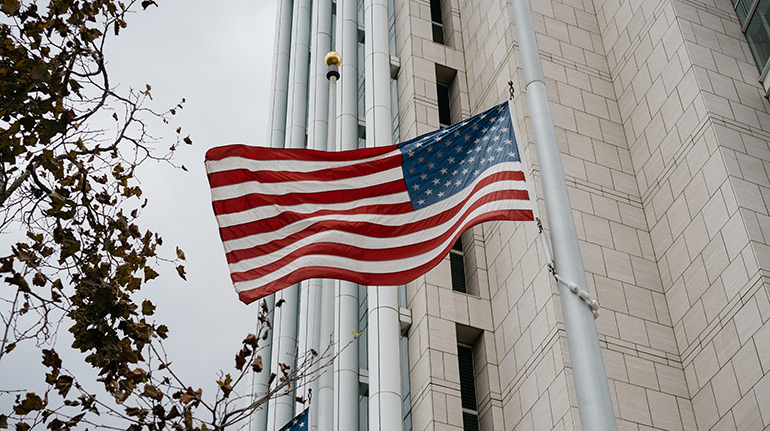
Best Municipal & City Government 2023
The city government is responsible for providing essential services to the residents, businesses, and visitors of the city. This includes maintaining public infrastructure such as roads, bridges, and public buildings, managing public safety services like police and fire departments, and organizing public events and gatherings. The city government is also responsible for creating and enforcing regulations that help to maintain the health, safety, and wellbeing of the community. This includes zoning laws, building codes, and regulations related to public health and safety.
Overall, the goal of the city government is to create and maintain a livable, sustainable, and vibrant community for all who live, work, and visit the city.
1. City Roadmaps and Traffic Details
City roadmaps are important tools for navigating and understanding the layout of a city’s various streets and landmarks. They typically feature a hierarchy of roads, including highways, major throughways, smaller streets, and alleys, and often include labels and icons to denote landmarks such as parks, museums, and other key destinations.


Additionally, city roadmaps may be accompanied by various traffic details to help drivers and pedestrians plan their routes, avoid congestion, and optimize their travel times. These details may include traffic flow patterns, construction sites, road closures, parking options, and public transportation options such as bus or subway routes.
“Gimont is a feature rich design theme that made launching your website inventions off the ground dead simple.”
— Carnee SimmonsBy providing a clear and comprehensive overview of the city’s transportation infrastructure, roadmaps and traffic details help residents and visitors alike make more informed and efficient travel decisions..
2. Neccessory Things Need Control Traffic
Regular monitoring of traffic flow and the implementation of innovative traffic management technologies can improve traffic flow. This includes the use of intelligent transportation systems, real-time traffic information, and traffic apps that help drivers avoid congestion hotspots.
3. Design and Devlopement Updates
Design and development updates are an essential part of any software project. Regular updates not only enhance the functionality of the software but also improve the user experience. Design updates involve changing the visual appearance of the software, including new graphics, icons, and color schemes. The purpose of this is to improve the visual appeal and to make it more user-friendly.
Design and development updates are essential elements of software maintenance, ensuring that the software remains relevant and reliable. It’s important to schedule these updates regularly to avoid outdated technology and keep users happy.

Urban Renewal Loans Available
The city government is responsible for providing essential services to the residents, businesses, and visitors of the city. This includes maintaining public infrastructure such as roads, bridges, and public buildings, managing public safety services like police and fire departments, and organizing public events and gatherings. The city government is also responsible for creating and enforcing regulations that help to maintain the health, safety, and wellbeing of the community. This includes zoning laws, building codes, and regulations related to public health and safety.
Overall, the goal of the city government is to create and maintain a livable, sustainable, and vibrant community for all who live, work, and visit the city.
1. City Roadmaps and Traffic Details
City roadmaps are important tools for navigating and understanding the layout of a city’s various streets and landmarks. They typically feature a hierarchy of roads, including highways, major throughways, smaller streets, and alleys, and often include labels and icons to denote landmarks such as parks, museums, and other key destinations.


Additionally, city roadmaps may be accompanied by various traffic details to help drivers and pedestrians plan their routes, avoid congestion, and optimize their travel times. These details may include traffic flow patterns, construction sites, road closures, parking options, and public transportation options such as bus or subway routes.
“Gimont is a feature rich design theme that made launching your website inventions off the ground dead simple.”
— Carnee SimmonsBy providing a clear and comprehensive overview of the city’s transportation infrastructure, roadmaps and traffic details help residents and visitors alike make more informed and efficient travel decisions..
2. Neccessory Things Need Control Traffic
Regular monitoring of traffic flow and the implementation of innovative traffic management technologies can improve traffic flow. This includes the use of intelligent transportation systems, real-time traffic information, and traffic apps that help drivers avoid congestion hotspots.
3. Design and Devlopement Updates
Design and development updates are an essential part of any software project. Regular updates not only enhance the functionality of the software but also improve the user experience. Design updates involve changing the visual appearance of the software, including new graphics, icons, and color schemes. The purpose of this is to improve the visual appeal and to make it more user-friendly.
Design and development updates are essential elements of software maintenance, ensuring that the software remains relevant and reliable. It’s important to schedule these updates regularly to avoid outdated technology and keep users happy.

Urban Renewal Loans Available
The city government is responsible for providing essential services to the residents, businesses, and visitors of the city. This includes maintaining public infrastructure such as roads, bridges, and public buildings, managing public safety services like police and fire departments, and organizing public events and gatherings. The city government is also responsible for creating and enforcing regulations that help to maintain the health, safety, and wellbeing of the community. This includes zoning laws, building codes, and regulations related to public health and safety.
Overall, the goal of the city government is to create and maintain a livable, sustainable, and vibrant community for all who live, work, and visit the city.
1. City Roadmaps and Traffic Details
City roadmaps are important tools for navigating and understanding the layout of a city’s various streets and landmarks. They typically feature a hierarchy of roads, including highways, major throughways, smaller streets, and alleys, and often include labels and icons to denote landmarks such as parks, museums, and other key destinations.


Additionally, city roadmaps may be accompanied by various traffic details to help drivers and pedestrians plan their routes, avoid congestion, and optimize their travel times. These details may include traffic flow patterns, construction sites, road closures, parking options, and public transportation options such as bus or subway routes.
“Gimont is a feature rich design theme that made launching your website inventions off the ground dead simple.”
— Carnee SimmonsBy providing a clear and comprehensive overview of the city’s transportation infrastructure, roadmaps and traffic details help residents and visitors alike make more informed and efficient travel decisions..
2. Neccessory Things Need Control Traffic
Regular monitoring of traffic flow and the implementation of innovative traffic management technologies can improve traffic flow. This includes the use of intelligent transportation systems, real-time traffic information, and traffic apps that help drivers avoid congestion hotspots.
3. Design and Devlopement Updates
Design and development updates are an essential part of any software project. Regular updates not only enhance the functionality of the software but also improve the user experience. Design updates involve changing the visual appearance of the software, including new graphics, icons, and color schemes. The purpose of this is to improve the visual appeal and to make it more user-friendly.
Design and development updates are essential elements of software maintenance, ensuring that the software remains relevant and reliable. It’s important to schedule these updates regularly to avoid outdated technology and keep users happy.

New Australian Economic Culture
The city government is responsible for providing essential services to the residents, businesses, and visitors of the city. This includes maintaining public infrastructure such as roads, bridges, and public buildings, managing public safety services like police and fire departments, and organizing public events and gatherings. The city government is also responsible for creating and enforcing regulations that help to maintain the health, safety, and wellbeing of the community. This includes zoning laws, building codes, and regulations related to public health and safety.
Overall, the goal of the city government is to create and maintain a livable, sustainable, and vibrant community for all who live, work, and visit the city.
1. City Roadmaps and Traffic Details
City roadmaps are important tools for navigating and understanding the layout of a city’s various streets and landmarks. They typically feature a hierarchy of roads, including highways, major throughways, smaller streets, and alleys, and often include labels and icons to denote landmarks such as parks, museums, and other key destinations.


Additionally, city roadmaps may be accompanied by various traffic details to help drivers and pedestrians plan their routes, avoid congestion, and optimize their travel times. These details may include traffic flow patterns, construction sites, road closures, parking options, and public transportation options such as bus or subway routes.
“Gimont is a feature rich design theme that made launching your website inventions off the ground dead simple.”
— Carnee SimmonsBy providing a clear and comprehensive overview of the city’s transportation infrastructure, roadmaps and traffic details help residents and visitors alike make more informed and efficient travel decisions..
2. Neccessory Things Need Control Traffic
Regular monitoring of traffic flow and the implementation of innovative traffic management technologies can improve traffic flow. This includes the use of intelligent transportation systems, real-time traffic information, and traffic apps that help drivers avoid congestion hotspots.
3. Design and Devlopement Updates
Design and development updates are an essential part of any software project. Regular updates not only enhance the functionality of the software but also improve the user experience. Design updates involve changing the visual appearance of the software, including new graphics, icons, and color schemes. The purpose of this is to improve the visual appeal and to make it more user-friendly.
Design and development updates are essential elements of software maintenance, ensuring that the software remains relevant and reliable. It’s important to schedule these updates regularly to avoid outdated technology and keep users happy.

New Australian Economic Culture
The city government is responsible for providing essential services to the residents, businesses, and visitors of the city. This includes maintaining public infrastructure such as roads, bridges, and public buildings, managing public safety services like police and fire departments, and organizing public events and gatherings. The city government is also responsible for creating and enforcing regulations that help to maintain the health, safety, and wellbeing of the community. This includes zoning laws, building codes, and regulations related to public health and safety.
Overall, the goal of the city government is to create and maintain a livable, sustainable, and vibrant community for all who live, work, and visit the city.
1. City Roadmaps and Traffic Details
City roadmaps are important tools for navigating and understanding the layout of a city’s various streets and landmarks. They typically feature a hierarchy of roads, including highways, major throughways, smaller streets, and alleys, and often include labels and icons to denote landmarks such as parks, museums, and other key destinations.


Additionally, city roadmaps may be accompanied by various traffic details to help drivers and pedestrians plan their routes, avoid congestion, and optimize their travel times. These details may include traffic flow patterns, construction sites, road closures, parking options, and public transportation options such as bus or subway routes.
“Gimont is a feature rich design theme that made launching your website inventions off the ground dead simple.”
— Carnee SimmonsBy providing a clear and comprehensive overview of the city’s transportation infrastructure, roadmaps and traffic details help residents and visitors alike make more informed and efficient travel decisions..
2. Neccessory Things Need Control Traffic
Regular monitoring of traffic flow and the implementation of innovative traffic management technologies can improve traffic flow. This includes the use of intelligent transportation systems, real-time traffic information, and traffic apps that help drivers avoid congestion hotspots.
3. Design and Devlopement Updates
Design and development updates are an essential part of any software project. Regular updates not only enhance the functionality of the software but also improve the user experience. Design updates involve changing the visual appearance of the software, including new graphics, icons, and color schemes. The purpose of this is to improve the visual appeal and to make it more user-friendly.
Design and development updates are essential elements of software maintenance, ensuring that the software remains relevant and reliable. It’s important to schedule these updates regularly to avoid outdated technology and keep users happy.

